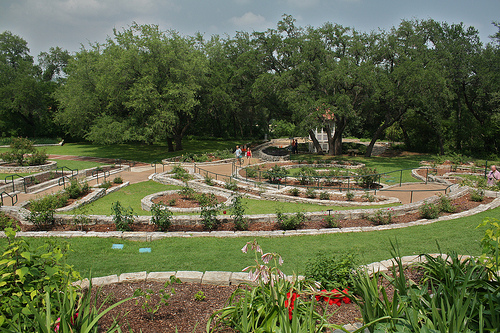PermaTrak is focused on being environmentally responsible in the construction, materials, construction methods and overall footprint of our boardwalks. Our boardwalk systems are well positioned to contribute to LEED (Leadership in Energy & Environmental Design) green credits, making them a smart and eco-friendly option. Green building and design is far more than a passing fad. It’s vital to the preservation of our natural spaces to minimize environmental impact and maximize awareness.
Apart from the environmental benefits to green building, LEED is one of the programs that reward environmentally responsible building methods. LEED notes that the program can, for those in the green industry:
-
Lower operating costs and increase asset value
-
Conserve energy, water and other resources
-
Be healthier and safer for occupants
-
Qualify for money-saving incentives, like tax rebates and zoning allowances
There are, however, many standards and systems to measure green construction. Although LEED set the bar as the initial program for green certification and is most widely utilized, it is not alone in supporting green building and design.

There are many commercial, regional and local up-and-coming programs with similar goals. To clear things up, below is a side-by-side comparison between two of the major green building standards: LEED and the SITES program.
Leadership in Energy & Environmental Design (LEED)
The LEED Green Building Rating System is a program developed by the U.S. Green Building Council that provides third-party rating and certification of green buildings. This includes the design process, construction, operation and maintenance in commercial, industrial and residential buildings. Credits are acquired in various areas when standards are met. For instance, PermaTrak can offer credits in Materials and Resources for Recycled Content and Regional Materials, as well as credits in multiple areas regarding Sustainable Sites. LEED is widely utilized throughout the United States and many other programs have adapted a similar model.
The Sustainable Sites Initiative (SITES) Program
While LEED deals strictly with buildings, SITES is more concerned with green landscapes, with or without structures. SITES was created from the partnership between the American Society of Landscape Architects (ASLA), Lady Bird Johnson Wildflower Center at the University of Austin and the United States Botanical Garden (USBG).
The SITES program seeks not only to preserve landscape environments, but to regenerate and restore degraded ecosystems through performative landscapes. Like LEED, SITES has a list of credits and prerequisite standards, which are slated for an update this year. The U.S. Green Building Council is actually a stakeholder in SITES and is considering incorporating guidelines and performance benchmarks from the program into LEED in the future.
SITES standards involve the protection of floodplains, the conservation of aquatic ecosystems and habitats for endangered species, the redeveloping of degraded sites, recycled materials and credits related to human health and well-being. You can see the full guide to SITES' certification here.
LEED and SITES – Key Differences
The fundamental difference between LEED and SITES boils down to the areas of concern. While LEED is focused on green construction and buildings, SITES deals in regenerative and environmentally beneficial landscapes. Because of this, they are not truly in competition with one another in the same way LEED competes with organizations like the Green Building Initiative.
With the U.S. Green Building Council involved in both LEED and SITES, rest assured that both operate not in conflict but in cooperation towards the common goal of green building and design for both environmental preservation and regeneration.
Learn more about PermaTrak’s LEED benefits or click below to request a free literature brochure on our concrete boardwalk system.
Photo by anneh632
Related Article:


